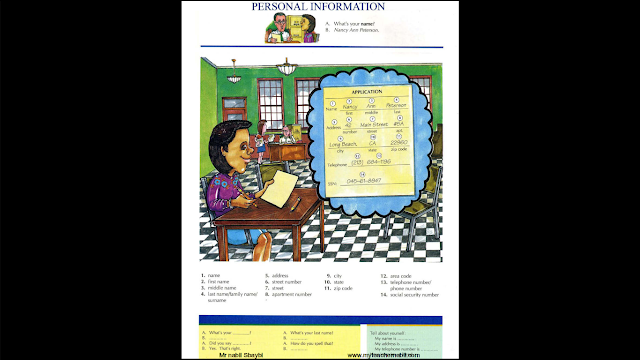CLASS #10 CONTENT
READING
Greg- Just a quick note to let you know my hear you're going to to Madison won't be there. That means won't be able to next weekend Unfortunately, Chicago giving a speech at the fishing with on Saturday, going in the first time m going Smart Transport year, but going to return to get give a speech. conference. 1 attend Saturday, but I'm not can The conference over on instead of driving, so hope night. I'm is take the train this time. some work done. So, doesn't going to see each other look like we'll get to next time works out better, -Harry
LISTENING
New Water 'Bottles' Could Help Fight Plastic Pollution
Scientists and designers in London have found a possible solution to the problem of plastic bottle waste. The group at Skipping Rocks Lab has made a water bottle you can eat.
The product is called Ooho. Unlike plastic bottles, Oohos are not tall and hard. They look more like bubbles, or small, round, clear balls. They can hold liquid inside. People who drink Oohos can be surprised: the outside bursts in the mouth. Rodrigo Garcia Gonzalez is with Skipping Rocks Lab. He explains that the outside, or the membrane, of Ooho is made of seaweed, a plant that grows in the ocean. "It's a membrane made of seaweed that can contain water or any kind of liquid. It's made from an extract of the brown seaweed.” The Ooho membrane is tasteless, and you can eat it. But the company says even if you throw away the membrane, it will degrade in about four weeks.
Gonzales says the membrane is strong, and good for the environment. Every year, billions of plastic water bottles are thrown away, polluting land and waterways around the world. The typical water bottle made of plastic can take hundreds of years to degrade. Lise Honsinger is also with Skipping Rocks Lab.

eso nada mas profe
ReplyDelete